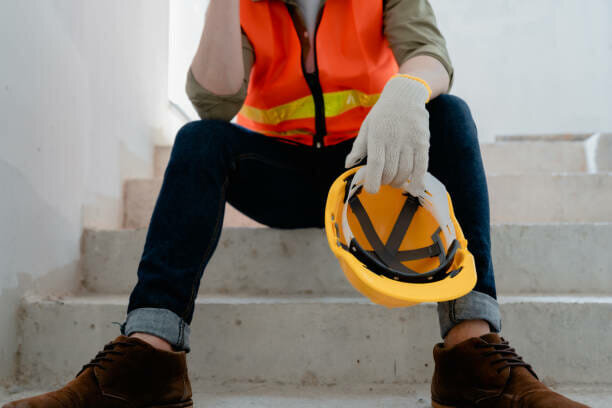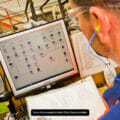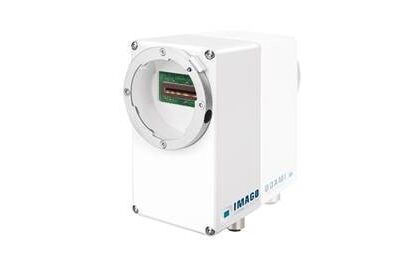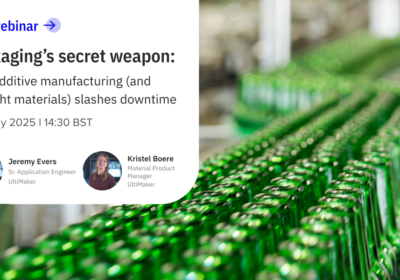There are many concerns for a site manager, among them steering the project so that it is finished on time and on budget. A bigger concern than both of these, however, is ensuring that everyone who is present on the site is safe and goes home (or to their lodgings) at the end of the day as healthy as they came in that morning.
This is not easy, especially on long projects where several different trades are involved in the construction process. Despite all of this, you can help to improve the safety of that workforce by looking into key areas.

Carry out full briefings and training
The fastest and most effective way to ensure everyone knows all of the possible hazards, both general and those specific to the site or project they are working on, is to give a full briefing each day. New workers wandering around unaware of these hazards can be a risk to others as well as themselves, so gather everybody together each morning before anyone starts work.
Training sessions also need to take place before anyone is allowed to start their job, and while they don’t need to be overly long, they need to cover what will keep them safe while they are on-site. This will also include a breakdown of any hazardous materials on-site (even if they are not using them) and the PPE that needs to be worn as a result.
Ensure they have somewhere to stay
While all of this is useful, its effectiveness can be dented if the workers arrive on-site tired or with low morale because where they are staying is less than ideal. If it is a long project, the workers will not want to be living in a hotel room that could change from day to day. Instead, they would be looking for a dedicated base that they can treat as a home.
By looking at a website like Comfy Workers, you can find a house for them to stay in for the duration of the project, including in big areas like Liverpool. That way, you know they have their own space where they can relax and prepare meals, and if they have an early start or are working nights, the other guests won’t be disrupting their sleep patterns.
Equipment maintenance
It may seem like common sense, but for long-term projects, this is often overlooked. In short, an effective maintenance programme will make machinery and equipment used on-site more reliable. Less chance of breakdown means that fewer accidents are likely to occur due to faulty equipment, and there is also the fact that better working machinery means better productivity.
A maintenance program can spot problems early and reduce the number of hazards, and corrective action can take place to make sure nobody comes to harm. This must be scheduled correctly, as rapidly carried out maintenance can cause more problems than it solves. All maintenance should be documented in a log so everyone is aware of what has been done and when.
To wrap everything up
Improving safety on-site needs to be the top priority of whoever is running the project. This needs to go a little further than the essential safety briefing for everyone in the workforce and should include ensuring all of the equipment and machinery used is also maintained regularly. It should also include the correct accommodation for workers who are staying locally long term so they can take care of themselves properly while away from home.







